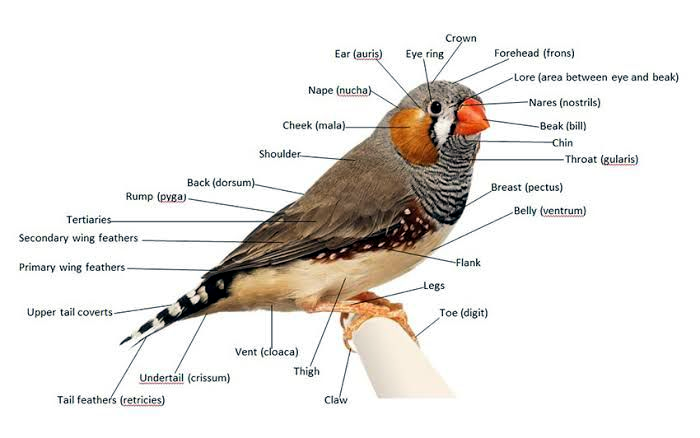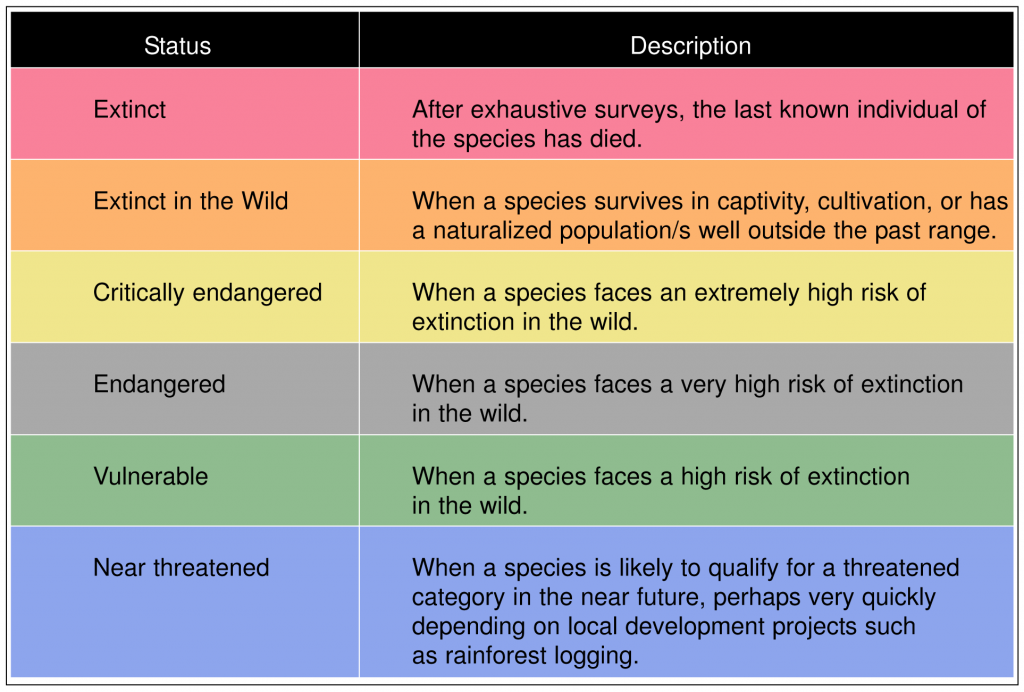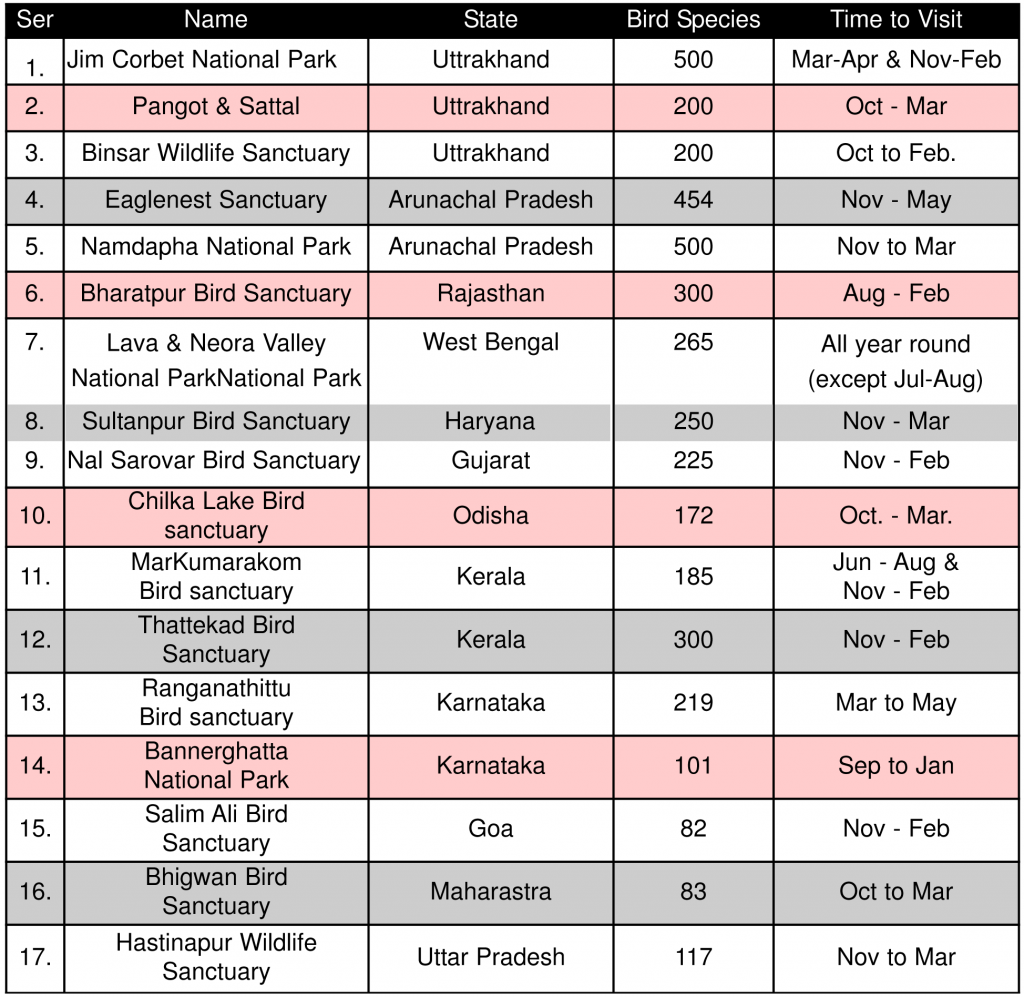Rana Sen II
Bird watching as a hobby is really picking up the world over. In fact, in countries like the USA & Canada, it has emerged as the fastest-growing hobby amongst the new generation. It’s a hobby that has almost no negatives.
Bird watching encourages you to spend time outdoors, in a healthy environment. It makes you love & appreciate nature while promoting conservation of our flora & fauna. It also helps us understand the need to protect our natural surroundings for our own good. This hobby ensures that we get our daily dose of physical exercise while walking around forests, jungles, grasslands, marshes & wetlands.
Birds are everywhere & in huge numbers. One doesn’t really have to go far from our homes to get started. In fact, India is a bird watcher’s paradise being home to approximately more than 1,200 species of birds, which comprises nearly 12 to 13% of all the birds found in the world. There are no age limits for bird watching & one can pursue it throughout the year. Every season & time of the day will present you with new types of birds to watch, admire & record in your memories.
As one starts enjoying this hobby, you will realize that it drains away all the negative stresses of modern-day living, while giving you lots & lots of mental relaxation in exchange. For those amongst us, who have to work in distant & remote areas such as those serving in the armed forces, forest officials, people working in infrastructure building projects; bird watching not only proves to be a healthy pastime & hobby but also helps in keeping negative thoughts & anxiety at bay.
Certain other aspects, like making friends from all walks of life while watching birds is another positive of this hobby. We can pursue this hobby while holidaying with our friends& family. It is therefore recommended that all readers give bird watching a try. Start by trying to identify the birds which frequent your homes & localities & then explore outwards. There’s surely no limit to this hobby once you get going.
BIRD WATCHER’S KIT & BASIC TIPS
Bird Watcher’s Kit
Bird watching does not require much preparation. However, the small list below will help you to make a good start.
(a) Clothes. Clothes for bird watching need to be comfortable yet thick & rugged enough to protect you from scratches & bruises as you walk amongst bushes, shrubs or lie still on the ground near a water body. One should avoid flashy colours, in fact, colours that merge with the background are best to prevent birds from getting distracted by your presence. Shoes too should be comfortable, hardy & meant for outdoor activities.
(b) Study about Birds Habits & their Habitats. Study about the habits & habitatsof birds before you go bird watching. This will help you immensely to appreciate the places where you will be able to spot different types of birds.
(c) Field Guide & Field Book. A field guide with pictures will help you to get started & assist you in identifying the birds you see. This guide need not always be a book. You can have a pdf file of the same on your smartphone. You’ll also need a small field book to take down notes of what you saw, where you saw & when you saw. This would also help you to keep a tag on the types & numbers of birds spotted by you at any given point in time.
(d) Make a Group. Bird watching in a group helps, as it ensures more numbers ofeyes & ears to spot birds. However, too big a group moving together can cause much disturbance to the surroundings & be detrimental to your cause. A group of two to four like-minded people is just about perfect.
(e) Binoculars. You will surely need a good pair of binoculars to spot & observe birds that keep a distance from humans or to observe them without disturbing. A good binocular can be purchased from most shops which sell cameras or outdoor camping equipment.
(f) Camera. Cameras are not a must for bird watching, but sooner than later everyone ends up buying one for recording memories associated with each trip. One can begin by buying a bridge camera & gradually graduate to DSLRs with super zoom lenses.
Bird Watcher’s Tips
Now for some basic bird watching tips which will ensure you get the most out of your trips without disturbing the birds or other fellow bird watchers. These are as follows:
(a) Be Patient. Patience is one of the basic virtues that every bird watcher will have to practice. Never expect birds to be waiting for you at the exact place you wish to watch & appreciate them. Give them time, & sure enough, you will get that perfect view or that perfect photo shot.
(b) Be Quiet. This is the second most important virtue that you need to inculcate as a budding bird watcher. Birds get frightened my sudden movements & noises, making them leave the area immediately. By staying quiet, you & your group will be able to move closer to the birds, permitting longer & better study. The closer you are to the birds, slower should be your movements.
(c) Best Time. Generally, the best time to watch birds is one hour after sunrise & two hours before sunset. This is the time when birds can be seen moving around for food & the weather is comparatively more pleasant. This period is also good for taking photographs, as the sunlight is not very bright, there are no dark shadows & you get diffused light for your shots.
(d) Have the Sun on your Back. By facing away from the sun, you will get the best view of your surroundings & will be able to spot birds better. This will also permit you to take good pictures with your camera.
(e) Look Around. Every bird watcher needs to inculcate the habit of looking around. One should know when to stop focusing on one particular species to avoid missing out on others. This is all the more important when you visit bird habitats, parks & sanctuaries with fixed timings.
MORPHOLOGY OF BIRDS & CONSERVATION STATUS
Morphology of Birds
Birds are warm-blooded animals, which have two feet, a horny beak, two wings & a body covered with feathers. However, there are large variations in the size, shape & location of these parts, which help in classifying & identifying various species. Amongst many other things, these variations dictate, whether a bird can swim, fly or remain on the ground. It decides its manner of hunting for food & its diet too. Some of the major parts of a bird’s morphology which help in identifying them are given below. As you gain experience, more minor features will automatically start grabbing your attention which will help you to identify or differentiate between related species of birds.

Conservation Status
Conservation Status of animals & plants is decided by the International Union for Conservation of Nature’ or IUCN based on scientific information collected by specialists groups & organizations. One of such societies in India is the Bombay Natural History Society (BNHS). IUCN is a global conservation group that carries out research threatened species & coordinates conservation strategies & plans. The categorization of wildlife based on the conservation status is as follows


Of the approximately 1.200+ types of birds seen in India, IUCN in consultation with BNHS & other such bodies, have classified them as follows in 2018 :-
- Critically Endangered – 16
- Endangered – 20
- Vulnerable – 57
- Near Threatened -75
- Least Concerned -1,032+
BIRDING HOTSPOTS IN INDIA
Based on a report in ‘Bird Life International’ of Jul 2019, there are approximately 9,000 to 10,000 species of birds on this planet. Out of this, around 1.211 species (1,213%) can be seen in India & much to any bird watcher’s delight, they are well distributed all over our country. However, due to rampant urbanization, many of the birds which have not adapted themselves to live near human habitats can now be seen in their natural habitats at few select places only. These are mostly wildlife sanctuaries & referred to as birding hot spots. Some of these hot spots are:

Note.
(a) The number of bird species found is an approximate figure based on several websites. (b) Prior to visiting any of the Sanctuaries/ National parks, it is advisable to study them thoroughly on the net to get the maximum benefit out of your trip.
However, in spite of all the urbanization & reduction in the size of their natural habitats, we can still see a lot of birds in our towns, cities & villages without having to go far from our homes & localities. Meerut & its immediate outskirts, for example, is home to approx 100 bird species which go unnoticed to most of us. So let’s get started with the birds of Meerut & then move outwards into this wonderful world of feathered creatures.








Leave a Comment